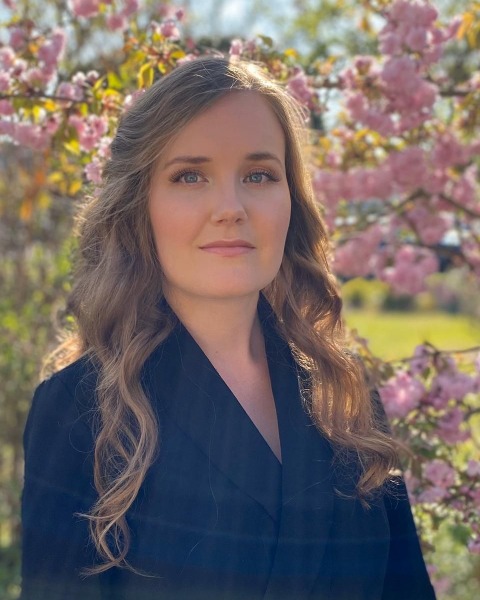Neonatal Hematology & Bilirubin Metabolism
Neonatal Hematology & Bilirubin Metabolism 1: Bilirubin
119 - Screening and treatment for neonatal hyperbilirubinemia in primary birth care (STARSHIP trial); a factorial stepped-wedge cluster randomized controlled trial
Saturday, April 29, 2023
3:30 PM - 6:00 PM ET
Poster Number: 119
Publication Number: 119.238
Publication Number: 119.238
Lauren EH. Westenberg, Erasmus MC, Rotterdam, Zuid-Holland, Netherlands; Berthe A.M.. van der Geest, Erasmus MC - Sophia Children’s Hospital, Rotterdam, Utrecht, Netherlands; Loes CM. Bertens, Erasmus MC, Rotterdam, Zuid-Holland, Netherlands; Hanneke de Graaf, Erasmus MC, Amsterdam, Noord-Holland, Netherlands; Erwin Ista, Erasmus MC - Sophia Children's Hospital, Rotterdam, Zuid-Holland, Netherlands; Christian V. Hulzebos, Beatrix Children's Hospital, University Medical Center Groningen, Groningen, Groningen, Netherlands; Irwin Reiss, Erasmus MC, Rotterdam, Zuid-Holland, Netherlands; Eric Steegers, Erasmus MC, Rotterdam, Zuid-Holland, Netherlands; Jasper V. Been, Erasmus MC Sophia Children's Hospital, Rotterdam, Zuid-Holland, Netherlands

Lauren EH Westenberg, MD (she/her/hers)
PhD-Candidate
Erasmus MC
Rotterdam, Zuid-Holland, Netherlands
Presenting Author(s)
Background: High levels of circulating unconjugated bilirubin can potentially lead to neurotoxicity. Although entirely preventable, severe neonatal hyperbilirubinemia is one of the most common causes of hospital (re)admission in the first week. Despite its long history of use, visual inspection is known to be unreliable.
Objective: We aimed to investigate whether among babies cared for in primary care: (1) daily TcB screening reduces the incidence of severe hyperbilirubinemia, and (2) primary care-based phototherapy reduces hospital admissions.
Design/Methods: A factorial stepped-wedge cluster randomized controlled trial was conducted in seven Dutch primary care birth centers (PCBCs) from July 2018 until December 2021. Two interventions were assessed in a 2x2 factorial design to assess the effect of each intervention and to explore the effect of the interventions combined in a single trial; (1) daily TcB screening (versus visual inspection); and (2) if indicated, treatment via fibreoptic phototherapy in primary care (versus in-hospital). Each PCBC started with a control phase with standard care, followed by a second phase when one of the two interventions was introduced. In the final phase both interventions were investigated in parallel. Neonates born after a gestational age of 35 weeks were eligible if they were admitted for at least two days to a participating PCBC within the first week of life. Neonates were not eligible if they (previously) received phototherapy. Primary outcomes were: (1) the proportion of neonates with severe hyperbilirubinemia (for the TcB intervention), and (2) the proportion of neonates requiring hospital admission for phototherapy.
Results: In total 2941 neonates participated in the STARSHIP trial of which 808 in the control group, 1676 neonates have received daily TcB screening and 1257 neonates have received phototherapy treatment in the PCBCs. Currently the analysis of the primary outcomes are taking place. We expect to present the primary results during the PAS 2023 meeting.
Conclusion(s): The results of the STARSHIP trial have the potential to reduce the hospital admissions and the incidence of severe neonatal hyperbilirubinemia. Findings from this trial will inform health-care professionals about the effectiveness of TcB as a universal screening tool and of phototherapy outside the hospital setting, addressing a knowledge gap highlighted in several guidelines.
